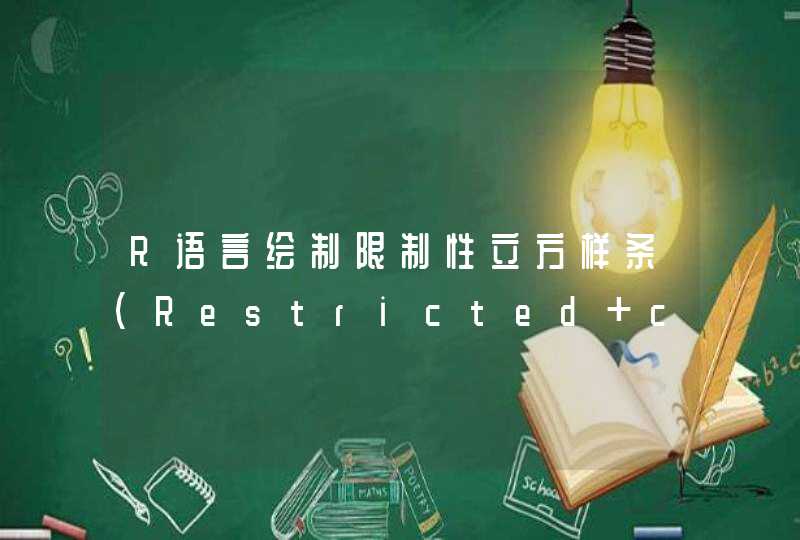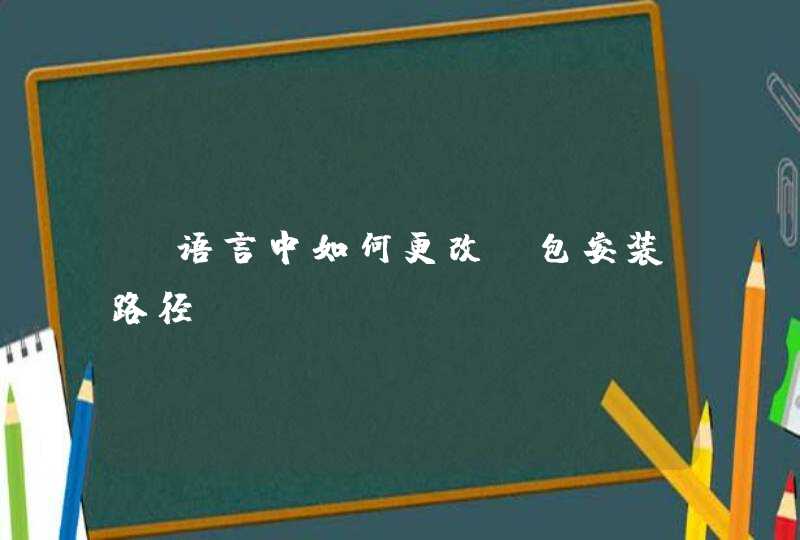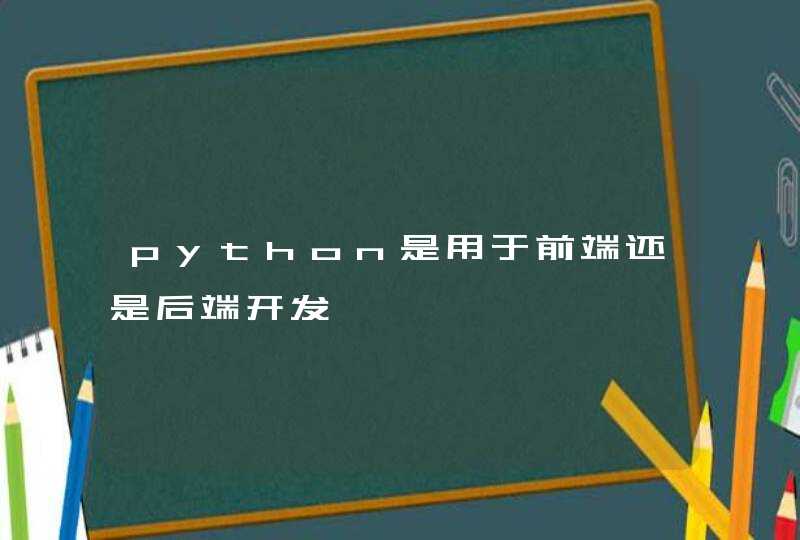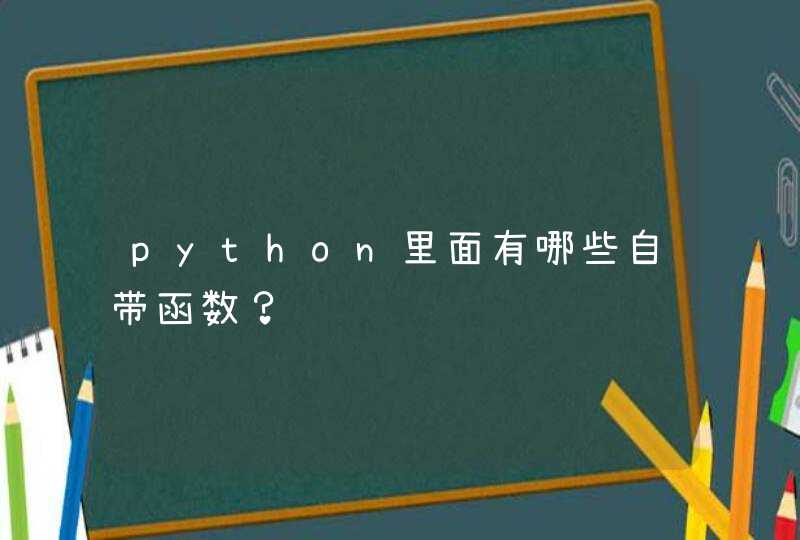
python抓取网页时是如何处理验证码的?下面给大家介绍几种方法:
1、输入式验证码
这种验证码主要是通过用户输入图片中的字母、数字、汉字等进行验证。如下图:
解决思路:这种是最简单的一种,只要识别出里面的内容,然后填入到输入框中即可。这种识别技术叫OCR,这里我们推荐使用Python的第三方库,tesserocr。对于没有什么背影影响的验证码如图2,直接通过这个库来识别就可以。但是对于有嘈杂的背景的验证码这种,直接识别识别率会很低,遇到这种我们就得需要先处理一下图片,先对图片进行灰度化,然后再进行二值化,再去识别,这样识别率会大大提高。
相关推荐:《Python入门教程》
2、滑动式验证码
这种是将备选碎片直线滑动到正确的位置,如下图:
解决思路:对于这种验证码就比较复杂一点,但也是有相应的办法。我们直接想到的就是模拟人去拖动验证码的行为,点击按钮,然后看到了缺口的位置,最后把拼图拖到缺口位置处完成验证。
第一步:点击按钮。然后我们发现,在你没有点击按钮的时候那个缺口和拼图是没有出现的,点击后才出现,这为我们找到缺口的位置提供了灵感。
第二步:拖到缺口位置。
我们知道拼图应该拖到缺口处,但是这个距离如果用数值来表示?
通过我们第一步观察到的现象,我们可以找到缺口的位置。这里我们可以比较两张图的像素,设置一个基准值,如果某个位置的差值超过了基准值,那我们就找到了这两张图片不一样的位置,当然我们是从那块拼图的右侧开始并且从左到右,找到第一个不一样的位置时就结束,这是的位置应该是缺口的left,所以我们使用selenium拖到这个位置即可。
这里还有个疑问就是如何能自动的保存这两张图?
这里我们可以先找到这个标签,然后获取它的location和size,然后 top,bottom,left,right = location['y'] ,location['y']+size['height']+ location['x'] + size['width'] ,然后截图,最后抠图填入这四个位置就行。
具体的使用可以查看selenium文档,点击按钮前抠张图,点击后再抠张图。最后拖动的时候要需要模拟人的行为,先加速然后减速。因为这种验证码有行为特征检测,人是不可能做到一直匀速的,否则它就判定为是机器在拖动,这样就无法通过验证了。
3、点击式的图文验证和图标选择
图文验证:通过文字提醒用户点击图中相同字的位置进行验证。
图标选择: 给出一组图片,按要求点击其中一张或者多张。借用万物识别的难度阻挡机器。
这两种原理相似,只不过是一个是给出文字,点击图片中的文字,一个是给出图片,点出内容相同的图片。
这两种没有特别好的方法,只能借助第三方识别接口来识别出相同的内容,推荐一个超级鹰,把验证码发过去,会返回相应的点击坐标。
然后再使用selenium模拟点击即可。具体怎么获取图片和上面方法一样。
4、宫格验证码
这种就很棘手,每一次出现的都不一样,但是也会出现一样的。而且拖动顺序都不一样。
但是我们发现不一样的验证码个数是有限的,这里采用模版匹配的方法。我觉得就好像暴力枚举,把所有出现的验证码保存下来,然后挑出不一样的验证码,按照拖动顺序命名,我们从左到右上下到下,设为1,2,3,4。上图的滑动顺序为4,3,2,1,所以我们命名4_3_2_1.png,这里得手动搞。当验证码出现的时候,用我们保存的图片一一枚举,与出现这种比较像素,方法见上面。如果匹配上了,拖动顺序就为4,3,2,1。然后使用selenium模拟即可。
输入url,得到html,我早就写了函数了
自己搜:
getUrlRespHtml
就可以找到对应的python函数:
#------------------------------------------------------------------------------
def getUrlResponse(url, postDict={}, headerDict={}, timeout=0, useGzip=False, postDataDelimiter="&") :
"""Get response from url, support optional postDict,headerDict,timeout,useGzip
Note:
1. if postDict not null, url request auto become to POST instead of default GET
2 if you want to auto handle cookies, should call initAutoHandleCookies() before use this function.
then following urllib2.Request will auto handle cookies
"""
# makesure url is string, not unicode, otherwise urllib2.urlopen will error
url = str(url)
if (postDict) :
if(postDataDelimiter=="&"):
postData = urllib.urlencode(postDict)
else:
postData = ""
for eachKey in postDict.keys() :
postData += str(eachKey) + "=" + str(postDict[eachKey]) + postDataDelimiter
postData = postData.strip()
logging.info("postData=%s", postData)
req = urllib2.Request(url, postData)
logging.info("req=%s", req)
req.add_header('Content-Type', "application/x-www-form-urlencoded")
else :
req = urllib2.Request(url)
defHeaderDict = {
'User-Agent' : gConst['UserAgent'],
'Cache-Control' : 'no-cache',
'Accept' : '*/*',
'Connection' : 'Keep-Alive',
}
# add default headers firstly
for eachDefHd in defHeaderDict.keys() :
#print "add default header: %s=%s"%(eachDefHd,defHeaderDict[eachDefHd])
req.add_header(eachDefHd, defHeaderDict[eachDefHd])
if(useGzip) :
#print "use gzip for",url
req.add_header('Accept-Encoding', 'gzip, deflate')
# add customized header later -> allow overwrite default header
if(headerDict) :
#print "added header:",headerDict
for key in headerDict.keys() :
req.add_header(key, headerDict[key])
if(timeout > 0) :
# set timeout value if necessary
resp = urllib2.urlopen(req, timeout=timeout)
else :
resp = urllib2.urlopen(req)
#update cookies into local file
if(gVal['cookieUseFile']):
gVal['cj'].save()
logging.info("gVal['cj']=%s", gVal['cj'])
return resp
#------------------------------------------------------------------------------
# get response html==body from url
#def getUrlRespHtml(url, postDict={}, headerDict={}, timeout=0, useGzip=False) :
def getUrlRespHtml(url, postDict={}, headerDict={}, timeout=0, useGzip=True, postDataDelimiter="&") :
resp = getUrlResponse(url, postDict, headerDict, timeout, useGzip, postDataDelimiter)
respHtml = resp.read()
#here, maybe, even if not send Accept-Encoding: gzip, deflate
#but still response gzip or deflate, so directly do undecompress
#if(useGzip) :
#print "---before unzip, len(respHtml)=",len(respHtml)
respInfo = resp.info()
# Server: nginx/1.0.8
# Date: Sun, 08 Apr 2012 12:30:35 GMT
# Content-Type: text/html
# Transfer-Encoding: chunked
# Connection: close
# Vary: Accept-Encoding
# ...
# Content-Encoding: gzip
# sometime, the request use gzip,deflate, but actually returned is un-gzip html
# -> response info not include above "Content-Encoding: gzip"
# eg: http://blog.sina.com.cn/s/comment_730793bf010144j7_3.html
# -> so here only decode when it is indeed is gziped data
#Content-Encoding: deflate
if("Content-Encoding" in respInfo):
if("gzip" == respInfo['Content-Encoding']):
respHtml = zlib.decompress(respHtml, 16+zlib.MAX_WBITS)
elif("deflate" == respInfo['Content-Encoding']):
respHtml = zlib.decompress(respHtml, -zlib.MAX_WBITS)
return respHtml
及示例代码:
url = "http://www.crifan.com"respHtml = getUrlRespHtml(url)
完全库函数,自己搜:
crifanLib.py
关于抓取动态页面,详见:
Python专题教程:抓取网站,模拟登陆,抓取动态网页
(自己搜标题即可找到)
在Python自带的交互式模式下编辑,交互式下,一行只能放一段代码import requests , 这一行要和下面你定义的函数隔开为两段代码
也就是import requests 要按回车键,然后在新的【>>>】开始处再输入你定义的函数代码
一些网页可以用Python的urllib来抓取内容,基本上没有问题
但是有的网页内容在浏览器看到的和抓取的有很大区别,抓取的基本上是框架实质内容没有
比如必应词典,http://dict.bing.com.cn/#good



































































